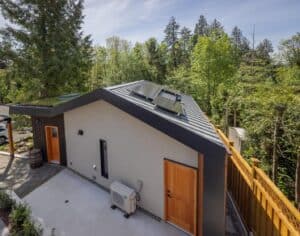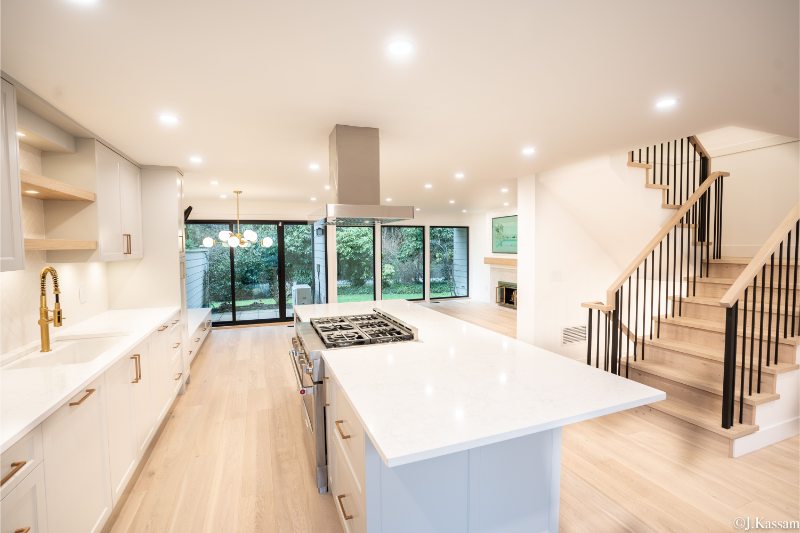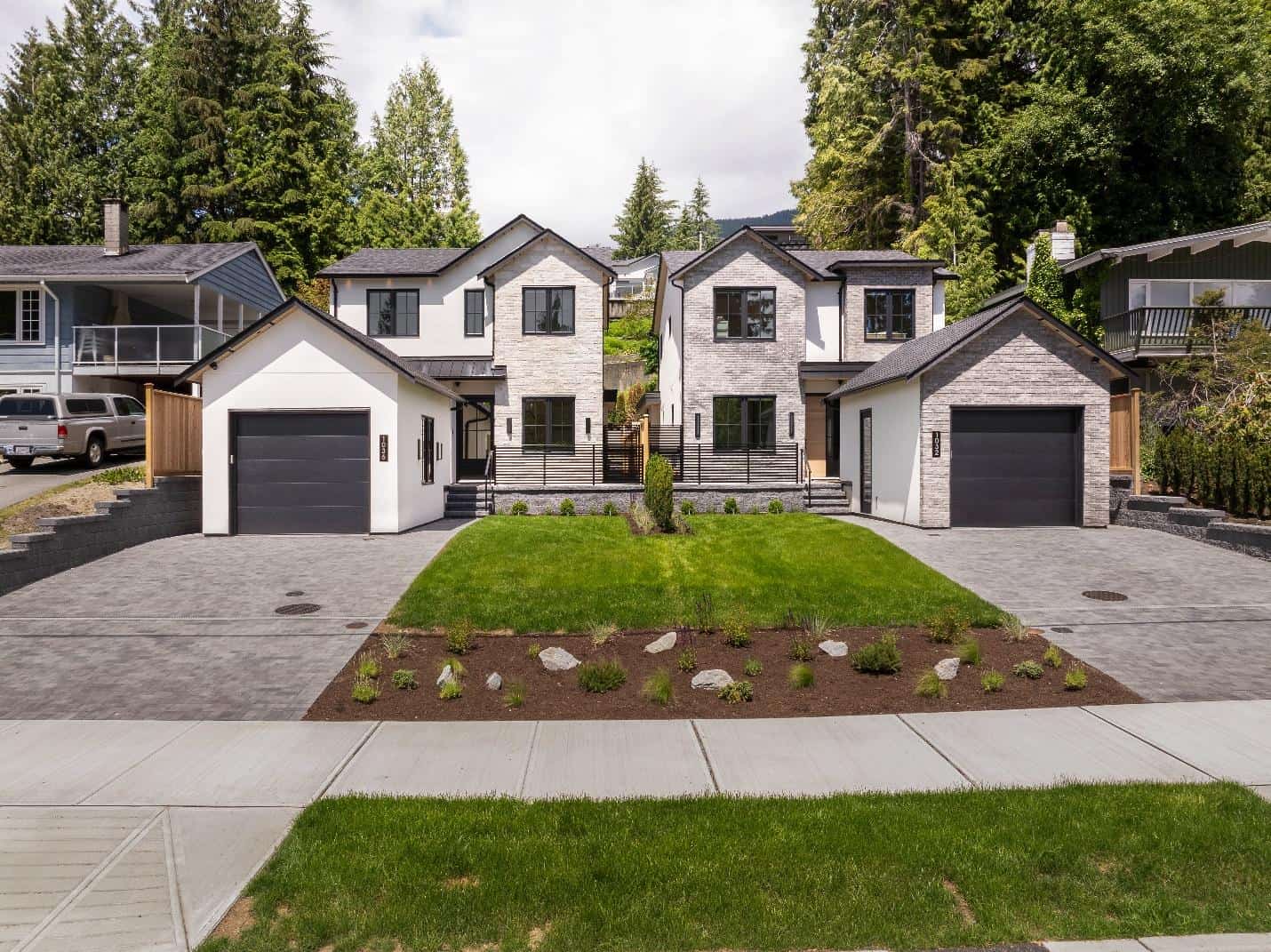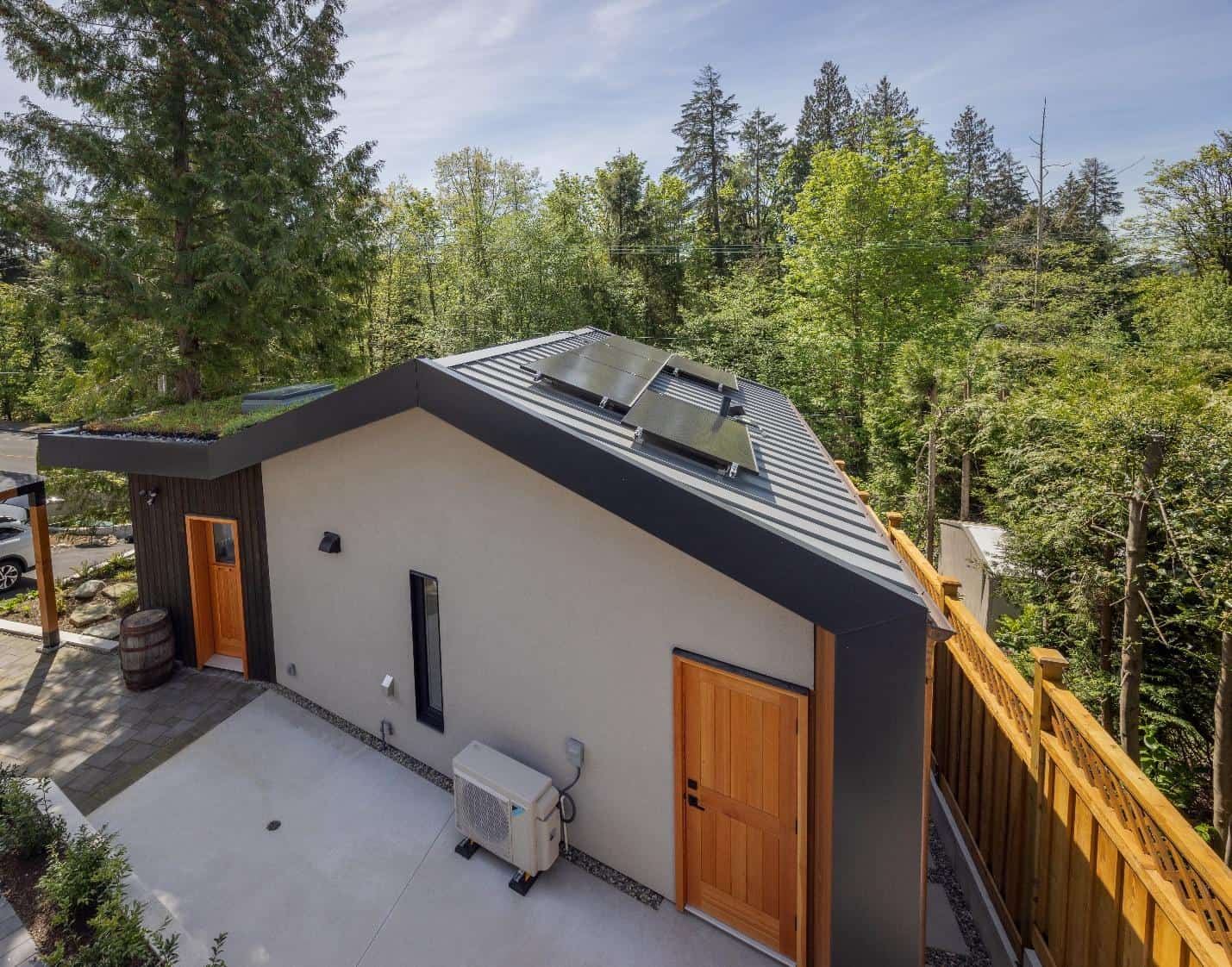On paper, starting the home building process can seem challenging. Yes, it requires some detailed planning and intricate decision-making. However, with the right guidance, progressing through each stage can be an enriching journey to your dream home.
Our article highlights the importance of selecting the right professionals for the job and provides valuable insights to help you navigate the complexities of building your ideal living space.
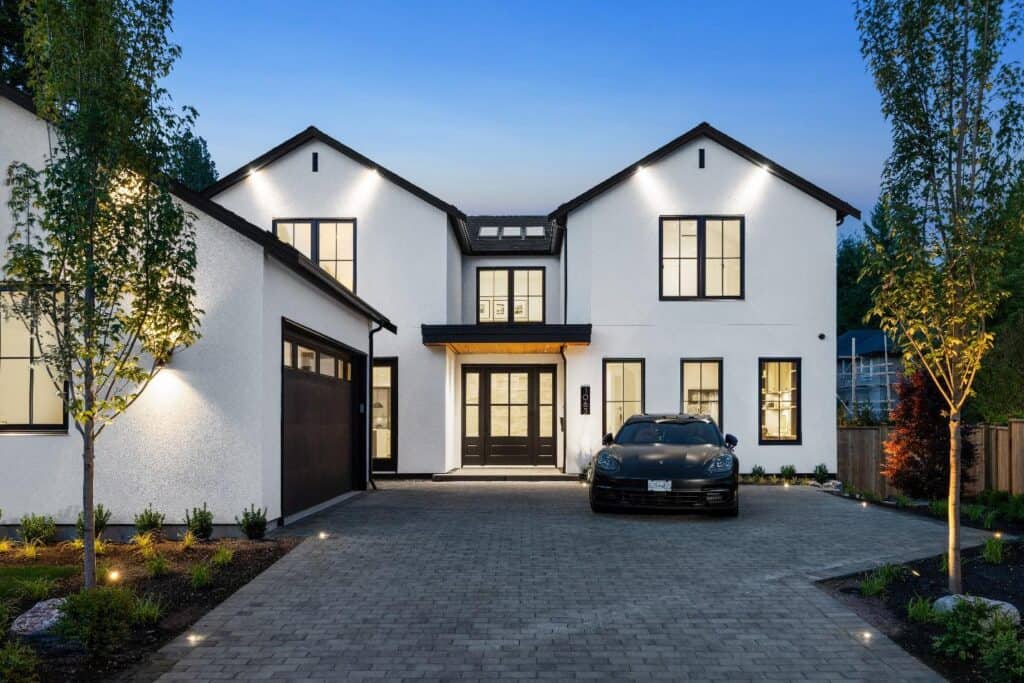
Contents
Step 1: Pre-Construction Phase
The first step towards the home of your dreams is moving through the pre-construction phase efficiently. First, you need to select the right custom home builder. Look for one with a solid reputation and the expertise to bring your vision to life.
Next, secure financing. This involves understanding the common financing options available and getting a loan for your project.
After that, it’s time to select a lot. To ensure you get the right one, consider factors like location, size, and legal aspects – the latter in particular is often overlooked.
Once you’ve chosen a home builder and both the lot and financing are secured, you can customize the design. This means working closely with your builder to tailor your home to your preferences, needs, and what’s realistic. All parties need to exercise complete financial transparency.
Step 2: Site Preparation and Foundation
Now, it’s time to set the groundwork for your dream home’s future. Site preparation involves clearing the land, leveling it, and ensuring proper drainage. This will create a stable base for construction.
This phase is vital as it directly impacts your home’s structural integrity. When the site is ready and the foundation is laid, thorough inspections need to take place to ensure it’s secure. After all, the foundation serves as the anchor that everything else is built on.
During the construction phase, attention to detail in site preparation and foundation work is essential. This is why we emphasize proper site selection. Choosing the right location and laying a solid foundation will contribute to your home’s long-term stability.
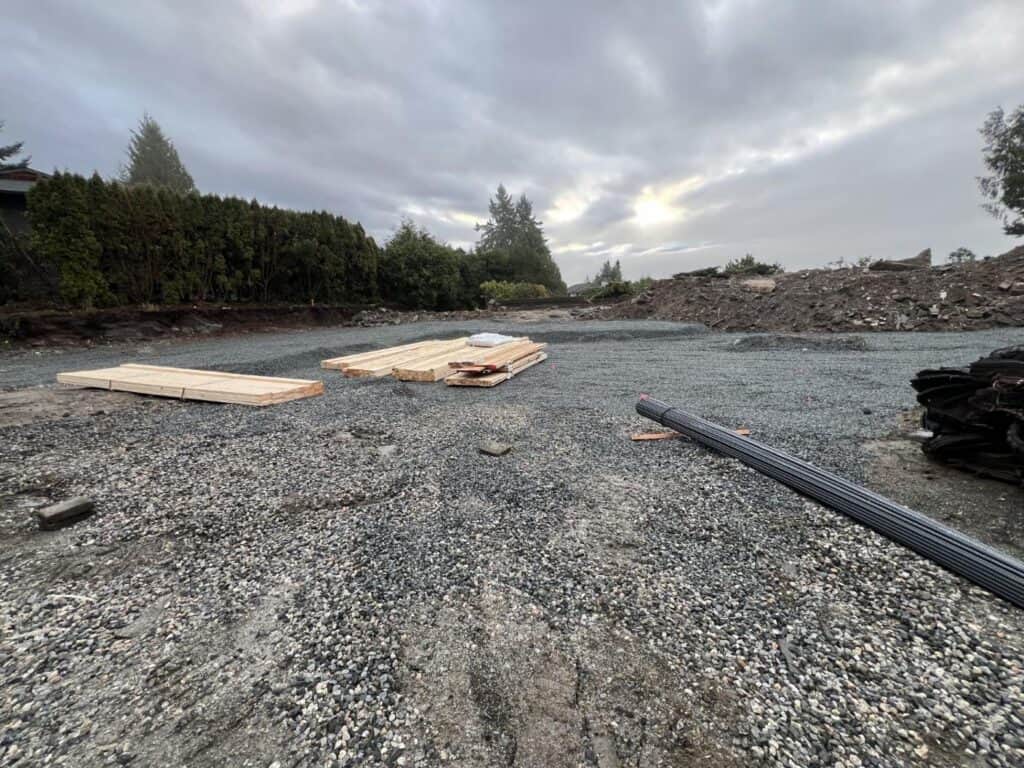
Step 3: Exterior and Interior Fittings
After laying the foundation, exterior and interior fittings will be installed to bring your vision to life. As far as the exterior is concerned, custom design plays a key role in enhancing curb appeal. So, take your time choosing everything, from the right siding materials to the perfect front door.
Craftsmanship is also important during this phase to guarantee that the results are durable and easy on the eye.
Moving inside – interior design takes center stage. This is where renovations and construction merge. Whether it’s the kitchen cabinetry or bathroom tiles, each element must reflect your style. Working with an interior designer is highly recommended to bring your vision to life.
And remember that you don’t have to commit to a style before you start. Monitor the build and see what truly works. Also consider your lifestyle, as certain design elements might require a level of maintenance that you may not be prepared for.
Step 4: First Fix Stage
During the first fix stage of the build process, you’ll focus on your home’s essential infrastructure and initial wiring. This important stage sets the foundation for the rest of the construction phase.
Your design team will work closely with engineers to ensure the quality and functionality of the infrastructure meet your needs and preferences.
Key elements like electrical wiring, plumbing, and heating systems must be fitted. At this point, it’s crucial to prioritize the structural integrity and efficiency of the components.
This is another area where you don’t want to settle for anything short of the best. A lot can go wrong with incorrect wiring and plumbing, which could cost you in the long run.
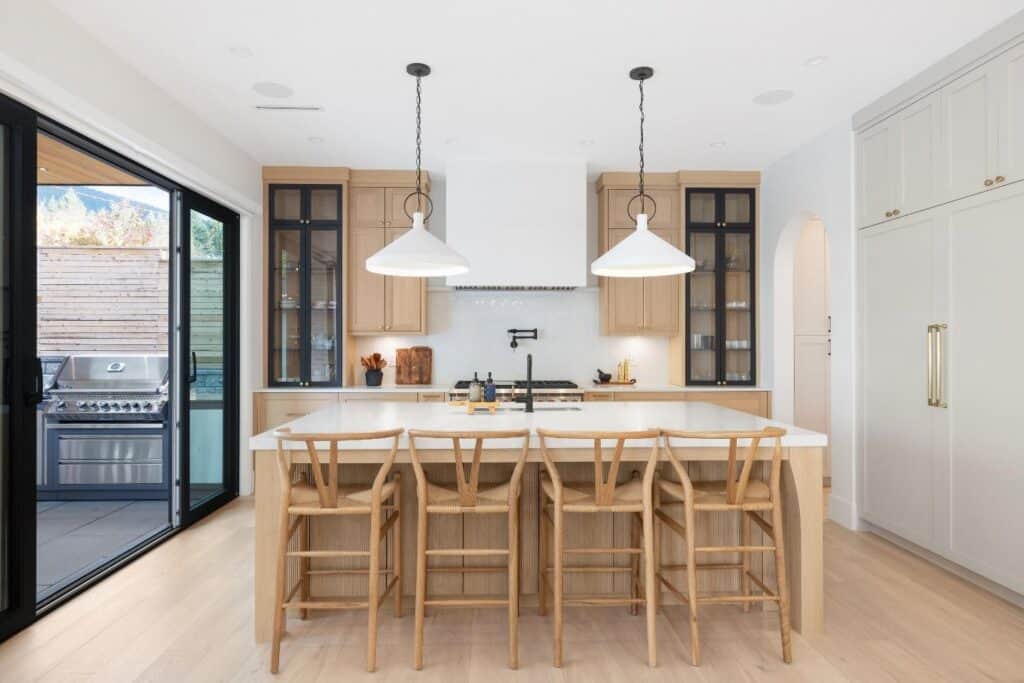
Step 5: Drainage and External Works
Drainage and external works are another area that requires expert consultation. Proper planning and execution during this stage are key. Here are some points to keep in mind:
- Site evaluation: Ensure that an in-depth assessment of your site is conducted to identify natural drainage patterns, soil composition, and any challenges that could impact drainage and external works.
- Landscaping integration: Integrate landscaping elements to enhance your external spaces’ aesthetic appeal and functionality. Think about features like rain gardens, permeable surfaces, and proper grading to manage water runoff.
- Construction techniques: Implement construction techniques that prioritize proper drainage, like installing French drains, gutter systems, and steep enough slope gradients to direct water away from your foundation.
Step 6: Final Home Stretch
As you’re getting to the final stages of your home build, meticulous attention to detail becomes even more important for seamless completion.
The final home stretch involves a final walk-through to ensure all finishing touches have been executed to perfection. This step is essential for quality assurance and to address any last-minute adjustments before the home build is considered complete.
During the final walk-through, pay close attention to every detail, from the paint quality to whether the fixtures and appliances make practical sense. This will confirm that the construction meets your expectations and allows for corrections to be made promptly.
Your satisfaction as a client is key, so don’t be afraid to politely address any concerns.
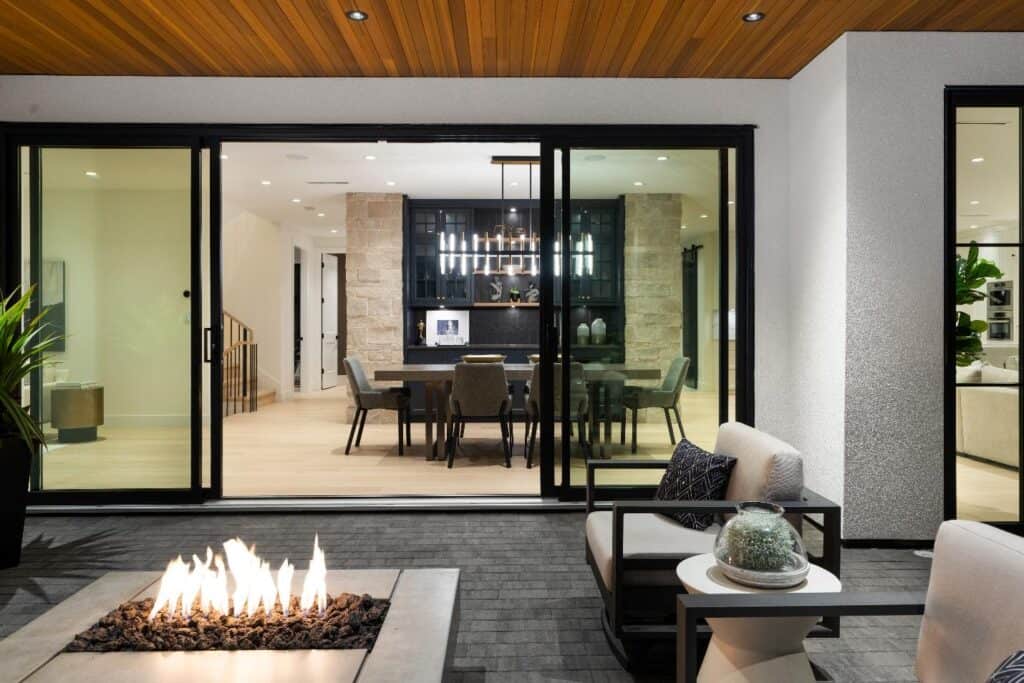
FAQs
What are the key considerations when selecting a location for building a new home?
When selecting a location for building a new house, weigh up factors like proximity to amenities, neighborhood safety, school districts, and future property value potential.
Always ensure you choose the right location, as this isn’t something that can be “changed” should you get it wrong.
How can I ensure a smooth pre-construction phase before building my home?
To ensure a smooth pre-construction phase, have a detailed plan, hire a reputable general contractor, and secure the necessary permits beforehand. You should also conduct extensive research on zoning regulations.
What are some common challenges faced during the home-building process?
Home-building challenges may include unexpected delays, budget overruns, weather-related interruptions, and coordinating multiple contractors. In this sense, effective communication and proactive problem-solving become key. This goes for building both standard and luxury homes.
What should I prioritize during the final stages of the home-building process?
Prioritize final inspections and quality checks. Once you sign off on a project, not many contractors will be willing to make alterations thereafter. So, conduct an extensive walkthrough before signing off.
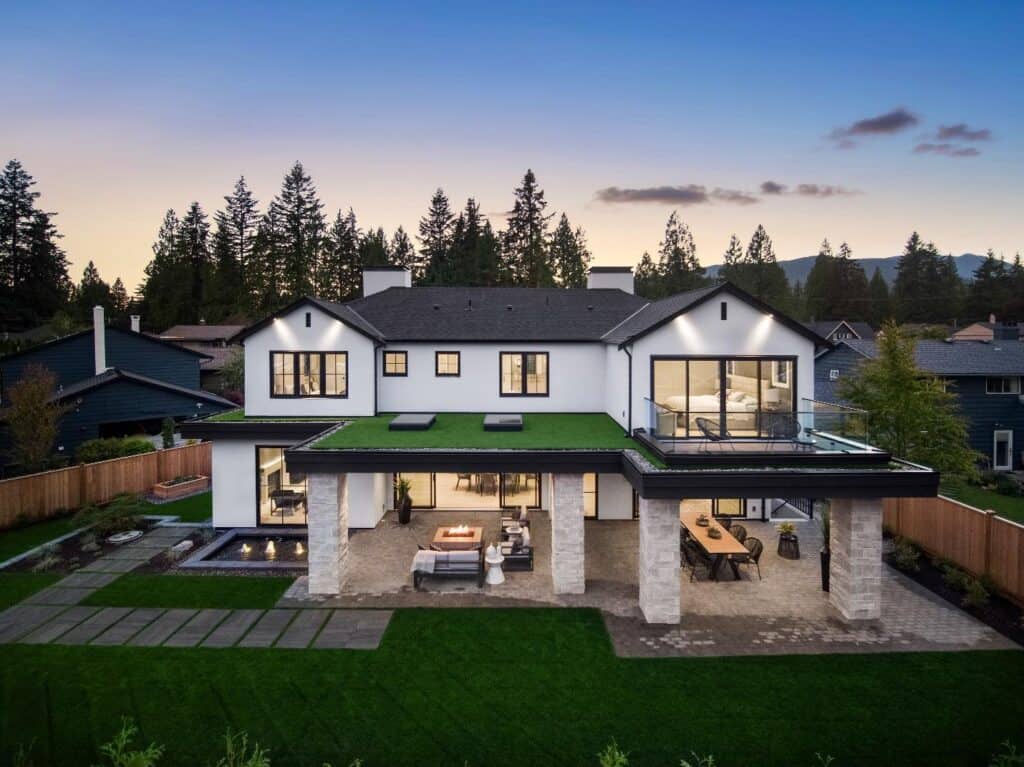
Final Thoughts
Each step mentioned above is equally important. They rely on each other like an orchestra coming together in harmony.
Crafting custom homes and luxury renovations can be tedious, but try to embrace the process with patience and creativity. Watch closely as your vision transforms into your dream home where memories will be made and cherished.
If you want to see just how smooth the construction process can be, invest your trust in a custom home builder like Goldcon Construction. We have an unwavering commitment to ensuring a streamlined client experience and a top-tier custom home build.



